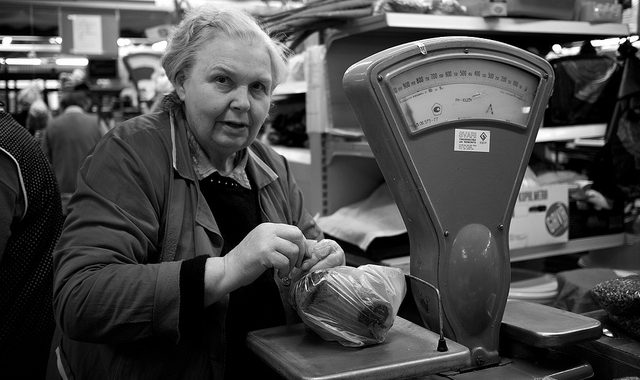One of the surprises of last week was the Office for National Statistics (ONS) estimate of economic growth in the second quarter of 2016, the period from April to the end of June. In the run up to Brexit, the economy expanded by 0.6 per cent on the first quarter of the year. This was an acceleration, with the first quarter of 2016 only being up 0.4 per cent on the previous one.
The situation in the third quarter is currently confused. The GFK consumer confidence survey for July showed the biggest monthly drop since 1990. But the weakness of the pound means that exports are due for a boost. Certainly, judging from the sheer numbers of foreign tourists crowding London in the last few weeks, we are raking in the euros and the dollars.
But the ONS view on what happened in the second quarter of 2016 is by no means the last word. Quite rightly, our national statisticians are keen to provide information on what has been happening in the economy as fast as they can. So they publish what is known as the “first estimate” of GDP growth for a quarter just a few weeks later. It is this estimate which grabbed the headlines.
Most economic data published by the ONS are estimates, produced with information gathered from a wide variety of sources. But as time goes by, more of it comes in for any particular quarter. Self-employment income, for example, is quite important these days. But an accurate picture is not available until after the end of the tax year, when all the returns are submitted. So the initial estimate might very well change over time.
Looking back over the past 20 years, the average of all the first estimates of growth made over this period is a bit lower than the average of the latest estimates. So, on balance, first estimates get revised upwards, showing that the economy has been more buoyant. But statistically speaking, we cannot say with real confidence that they are significantly different.
Certainly, the averages can conceal some large inaccuracies in the first estimate data. The ONS now thinks we entered the recession of the late 2000s in the second quarter of 2008, with the economy shrinking by 0.7 per cent compared to the first quarter. But the first estimate which was made showed modest growth of 0.2 per cent. The first estimates did indicate a recession in the second half of 2008, but underestimated how much the economy was contracting. In contrast, during 2009, the first estimates failed to register the speed of the economic recovery. In the winter of 2011-12, the first estimates notoriously suggested we had entered a new recession, which is not boPreview Changesrne out by the latest data.
It is a hard life being a policy-maker. One of the problems is reading the runes about where the economy is now and where it has been in the recent past. The first estimates of GDP are better than nothing, but can on occasion be quite wrong.
Paul Ormerod
As published in CITY AM on Wednesday 3rd August
Image: Scale by Thomas Leuthard licensed under CC BY 2.0


